Crypto Exchange Risk Checker for Iranian Users
Quick Takeaways
- U.S. and UN sanctions now target most USDT‑based platforms, making assets easy to freeze.
- Nobitex, Iran’s biggest exchange, suffered a $90million hack and sits on multiple sanctions lists.
- Tier‑1 international exchanges (Coinbase, Binance, Kraken) enforce strict KYC and will block Iranian accounts.
- Stablecoin‑centric platforms face new purchase and holding caps under Iran’s September2025 rules.
- Unlicensed or informal marketplaces lack security and legal recourse, exposing users to fraud.
Why Iranian Crypto Users Face a Minefield
Since 2022, Iran has been tangled in overlapping layers of international sanctions, domestic financial controls, and evolving crypto‑specific legislation. The United States, the United Nations, and the European Union all maintain lists that prohibit transactions with entities tied to the Iranian government or the Islamic Revolutionary Guard Corps (IRGC). When an exchange complies with those lists, any wallet flagged as Iranian can be seized without notice.
At the same time, Iran’s Central Bank (Iranian Central Bank) has introduced mandatory licensing for crypto platforms, caps on stablecoin trades, and a new tax regime on speculative gains. The combination means that an exchange safe today could become a liability tomorrow.
High‑Risk Domestic Exchange: Nobitex
Nobitex is a domestic cryptocurrency exchange that serves over 11million Iranian users. In June2025 a cyber‑attack drained more than $90million, exposing weak security practices. Elliptic’s blockchain analytics linked the platform to wallets controlled by the IRGC, reinforcing its reputation as a conduit for sanctions evasion.
July22025, Tether froze 42 Iranian‑linked addresses, many of which regularly transacted on Nobitex. The freeze demonstrated that holdings on USDT‑centric platforms can be instantly locked, leaving users without recourse.
International Tier‑1 Platforms with Strict Sanctions Screening
Global exchanges such as Coinbase, Binance, and Kraken run comprehensive compliance programs. They automatically flag IP addresses, banking details, and wallet histories that suggest an Iranian connection. The result? Account closures, frozen assets, or permanent bans.
For example, in early 2025 Coinbase shut down more than 3000 accounts after detecting transactions routed through Iranian payment processors. Binance’s “Know‑Your‑Customer” (KYC) upgrades in March2025 added biometric verification, further reducing the chance for Iranian users to stay under the radar.
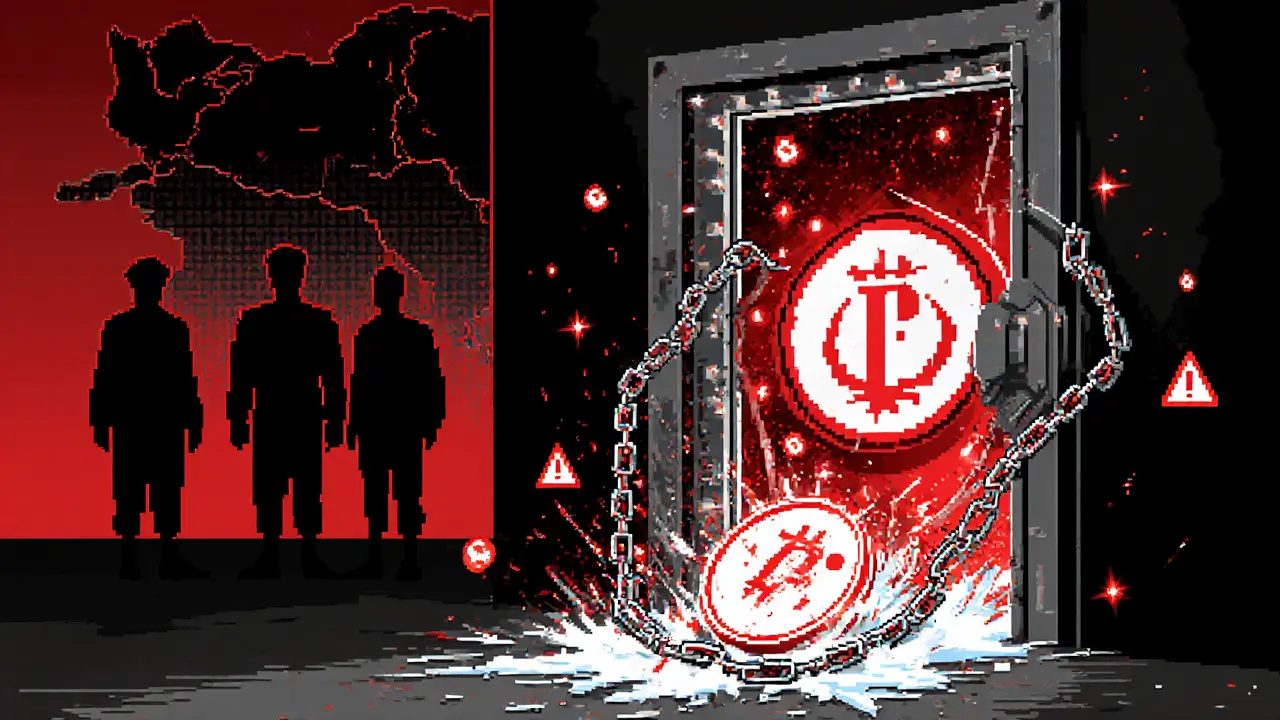
Stablecoin‑Focused Platforms Under New Restrictions
Iran’s September2025 decree limits individual stablecoin purchases to $5000 per year and holdings to $10000. Platforms that specialize in USDT, DAI, or USDC therefore present a compliance nightmare. Users who exceed the caps face one‑month deadlines to liquidate assets, after which the government may impose fines or criminal investigations.
Because stablecoins are often used to move value across borders quickly, regulators view them as a primary tool for sanctions evasion. Exchanges that do not enforce the caps risk being shut down, while users risk asset freezes.
Unlicensed or Informal Marketplaces
In the wake of tight licensing rules, a shadow ecosystem of peer‑to‑peer (P2P) groups, Telegram channels, and small‑scale web portals has emerged. These venues typically lack cold‑storage infrastructure, multi‑factor authentication, and any form of legal recourse. Reports from the Iran FinTech Association show that over 70% of scams reported in 2025 involved unregulated P2P trades.
Without mandatory AML/CTF procedures, scammers can disappear with users’ funds, and victims have no authority to file complaints. The lack of transparency also makes it impossible to assess whether the platform is inadvertently facilitating sanctioned transactions.
Comparison of Risk Factors Across Major Exchanges
| Exchange | Sanctions Exposure | Licensing Status in Iran | Stablecoin Focus | Security Record (2024‑2025) |
|---|---|---|---|---|
| Nobitex | High - listed by US Treasury | Licensed but under heavy scrutiny | Moderate - supports USDT heavily | Hacked ($90M loss) - poor |
| Coinbase | High - strict compliance | Not licensed in Iran | Low - limited stablecoin pairs | Strong - no major breach |
| Binance | High - active screening | Not licensed in Iran | High - large USDT volume | Moderate - some phishing incidents |
| Kraken | High - US‑EU compliance | Not licensed in Iran | Low - limited stablecoin offerings | Strong - no major losses |
| Unlicensed P2P Platforms | Variable - often undetected | None | Variable | Very poor - frequent exit scams |
Practical Steps to Protect Your Crypto
- Prefer exchanges that have a transparent Iranian licensing status and publicly disclose AML/CTF procedures.
- Avoid platforms that hold large USDT balances or require direct fiat‑to‑USDT conversion.
- Keep stablecoin holdings below the $10000 threshold; consider using decentralized stablecoins on Polygon or Avalanche that are harder for authorities to track.
- Enable hardware wallet storage for long‑term holdings. Offline storage eliminates the risk of exchange‑hosted hacks.
- Regularly monitor sanction‑list updates from the U.S. Treasury’s OFAC and the UN Security Council to spot newly flagged entities.
- Use VPNs sparingly; many exchanges log IP addresses for compliance and may flag suspicious location changes.
- Document every transaction with timestamps and screenshots in case you need to prove compliance to Iranian tax authorities.
Next Moves for the Iranian Crypto Community
The landscape will keep shifting. Keeping an eye on three signal sources will help you stay ahead:
- International sanction dashboards - OFAC, EU, UN releases.
- Domestic regulatory bulletins - statements from the Iranian Central Bank and the Iran FinTech Association.
- Security alerts from reputable blockchain analytics firms - Elliptic, Chainalysis.
When a new exchange appears, assess it against the risk matrix above before moving funds.

Frequently Asked Questions
Can I use a foreign exchange if I only trade small amounts?
Even small amounts can trigger compliance checks if the platform notices Iranian IP addresses or banking links. Most tier‑1 exchanges treat any Iranian connection as a red flag, regardless of trade size.
What happens if my USDT gets frozen by Tether?
A freeze means the tokens are locked on the blockchain side and cannot be moved. You’ll need to contact Tether’s compliance team, but historically frozen Iranian wallets have remained inaccessible.
Is using a hardware wallet completely safe?
Hardware wallets protect against exchange hacks, but they don’t shield you from legal seizure if authorities can trace the private key to your identity. Keep the seed phrase offline and away from any internet‑connected device.
Do Iranian users have any legal recourse if an exchange is shut down?
Legal recourse is limited to domestic courts, which often defer to sanctions authorities. International arbitration is rarely an option for Iranian nationals.
How can I verify if an exchange is on the sanctions list?
Check the OFAC Specially Designated Nationals (SDN) list, the UN Security Council sanctions database, and the EU Consolidated List. Most compliance tools let you paste a wallet address to see if it matches a flagged entity.

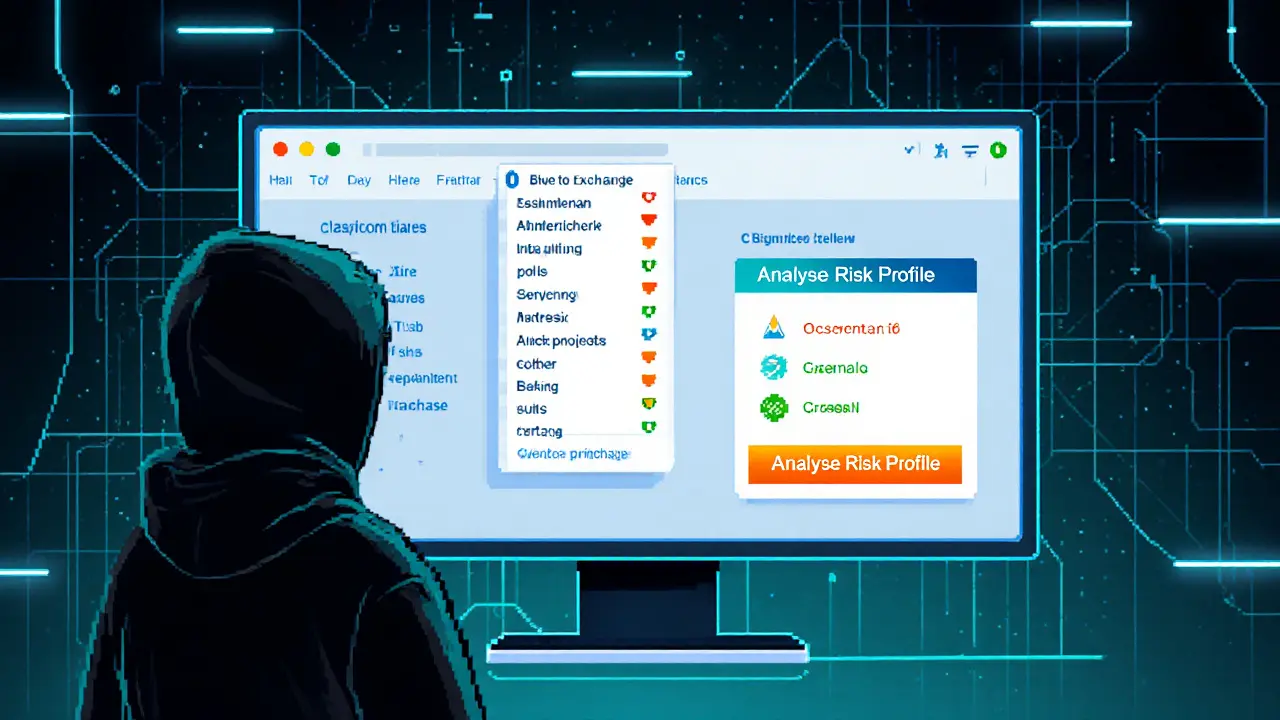
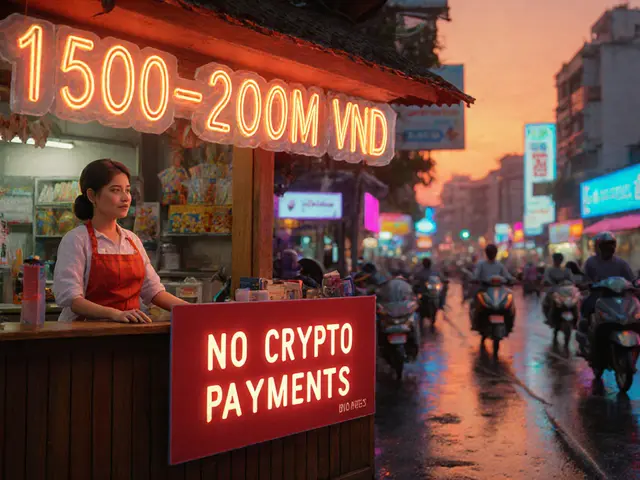
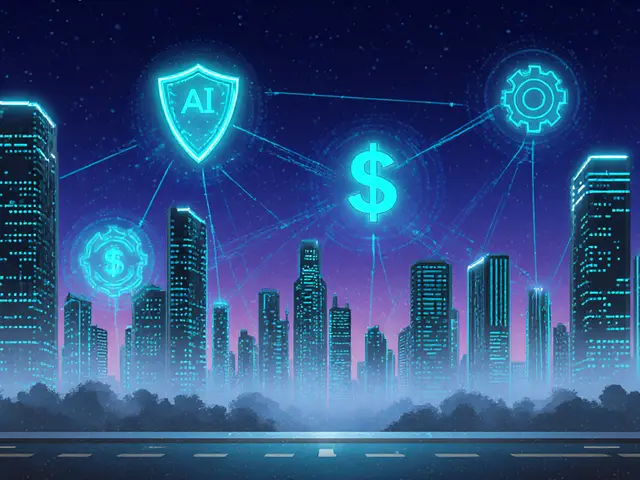
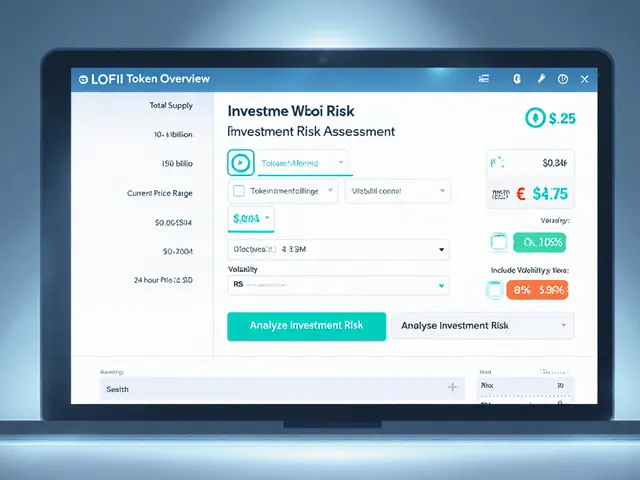
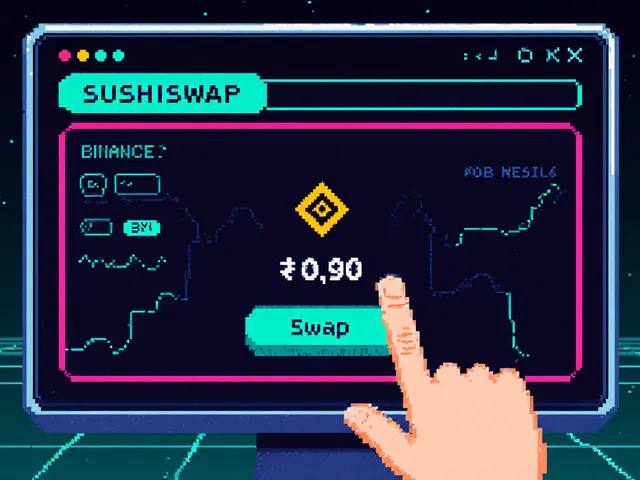
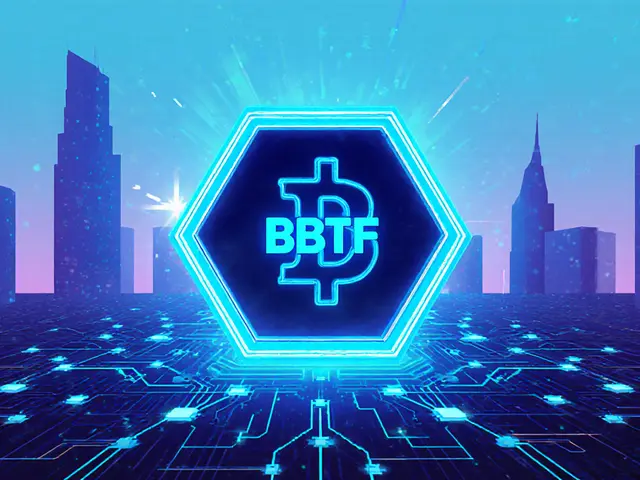
Richard Herman
December 16, 2024 AT 11:57Thanks for pulling together this risk matrix; it's a solid starting point for anyone navigating the sanctions maze. I appreciate the clear breakdown of each exchange's licensing status and the emphasis on hardware wallets. Keeping stablecoin exposure under the new caps is wise, and monitoring OFAC updates can save a lot of headaches later on.
Parker Dixon
December 24, 2024 AT 06:04Great summary! 😊 The table makes it super easy to spot which platforms are high‑risk, and the tip about using decentralized stablecoins on Polygon is spot on. Remember to screenshot every transaction – it’ll pay off if you ever need to prove compliance.
Stefano Benny
January 1, 2025 AT 00:11While the post paints every exchange with a broad “high‑risk” brush, the reality is nuanced. Sanctions screening algorithms differ; Binance's KYC tier 2 can still accommodate Iranian traders via third‑party custodians, provided they route through non‑IRGC wallets. Moreover, the term “unstable” in security should be quantified via Mean Time Between Failures (MTBF) rather than anecdotal hacks.
Bobby Ferew
January 8, 2025 AT 18:17Honestly, it feels like another alarmist piece that drags out the fears without offering concrete alternatives. The focus on hacks and freezes overshadows the few resilient local solutions that have emerged.
celester Johnson
January 16, 2025 AT 12:24In a world where value is code, the moral calculus of compliance often eclipses true financial liberty.
Prince Chaudhary
January 24, 2025 AT 06:31Appreciate the practical steps. Using a hardware wallet as a cold storage vault is indeed the most reliable defense against both exchange hacks and potential legal seizures.
Mark Camden
February 1, 2025 AT 00:37It is imperative to recognize that the proliferation of sanctions does not merely impose bureaucratic hurdles; it fundamentally restructures the risk landscape for Iranian participants. First, the notion that “any exchange with high sanctions exposure is unusable” is a mischaracterization; regulatory frameworks permit limited, documented transactions under strict oversight. Second, the post neglects to address the emerging jurisdictional arbitrage opportunities presented by decentralized finance protocols that are not directly on any SDN list. Third, the emphasis on hardware wallets, while prudent, fails to consider the necessity of multi‑signature custodial solutions that can distribute risk across several trusted parties. Fourth, the recommendation to keep stablecoin holdings below $10,000 ignores the practical realities of liquidity for traders who require swift market entry. Fifth, the suggestion to monitor OFAC and UN lists is essential, yet the post does not provide actionable guidance on automated monitoring tools. Sixth, the advice to use VPN sparingly is vague; a comprehensive approach should detail reputable VPN providers with no‑log policies. Seventh, the analysis overlooks the possibility of utilizing privacy‑preserving layer‑2 solutions that obfuscate transaction origins without violating compliance. Eighth, the author’s absence of discussion on tax implications under the new Iranian regime is a glaring omission. Ninth, the recommendation to document transactions for tax purposes is sound, but it should be paired with advice on secure storage of such records. Tenth, the suggestion to avoid “unlicensed P2P platforms” is valid, yet the post does not examine the metrics for assessing P2P platform credibility. Eleventh, the piece could benefit from a comparative risk scoring matrix that quantifies each factor rather than purely qualitative statements. Twelfth, the potential impact of future geopolitical shifts on the sanctions regime warrants a forward‑looking scenario analysis. Thirteenth, the role of community‑driven audit initiatives in enhancing exchange security should be highlighted. Fourteenth, the importance of regular wallet hygiene, such as rotating seed phrases, cannot be overstated. Fifteenth, finally, users must adopt a holistic risk management philosophy that integrates legal, technical, and financial safeguards in tandem.
Evie View
February 8, 2025 AT 18:44This is precisely why many Iranian traders feel trapped-every platform either blocks them outright or leaves them exposed to scams. The call for “alternative options” is vague; we need concrete, vetted exchanges that have a proven track record of respecting user sovereignty.
Kate Roberge
February 16, 2025 AT 12:51Honestly, the whole “avoid all US‑based exchanges” mantra might be overkill. Some users have found workarounds using offshore entities that aren’t on the radar yet, so blanket bans don’t reflect the evolving tactics.
Oreoluwa Towoju
February 24, 2025 AT 06:57Stay below the $10k cap and you’ll dodge most freezes.
Amie Wilensky
March 4, 2025 AT 01:04Indeed-when evaluating risk, one must consider the multi‑dimensional matrix of sanctions, licensing, security, and liquidity; each axis contributes uniquely to the overall exposure; therefore, a holistic approach is paramount; neglecting any single factor could lead to catastrophic loss; this is not just theory, it is lived experience for many users; so, comprehensive due diligence is non‑negotiable.
Jacob Anderson
March 11, 2025 AT 19:11Oh great, another “keep your crypto safe” guide that pretends the problem is just a few clicks away. As if the real danger isn’t the geopolitical chess game being played above our heads.
Kate Nicholls
March 19, 2025 AT 13:17Good breakdown, especially the part about tracking OFAC updates. I’d add that keeping an eye on local fintech newsletters can give early warnings before the official bulletins.
Carl Robertson
March 27, 2025 AT 07:24Wow, the sheer panic in this thread is intoxicating! Everyone’s shouting about hacks and freezes while ignoring the fact that the market itself is a wild beast that will chew anyone who steps in without armor. The real drama is watching regulators try to control something they barely understand. If you think a hardware wallet solves everything, you’re living in a fantasy world. The crypto space thrives on risk, and those who complain about every new sanction are just whining about the inevitable evolution of finance. So buckle up, grab your favorite meme coin, and enjoy the ride-because the only thing certain is uncertainty.
Rajini N
April 4, 2025 AT 01:31Thanks for the thorough guide. For anyone looking to diversify beyond USDT, consider exploring stablecoins on the Avalanche network; they’re less likely to be flagged and offer comparable liquidity.
Sidharth Praveen
April 11, 2025 AT 19:37Adding to Richard’s point, it’s also wise to set up alerts on the exchanges you use so you get notified instantly of any policy changes. A proactive stance can prevent accidental breaches.
Sophie Sturdevant
April 19, 2025 AT 13:44Exactly, Sophie here-if you’re already taking screenshots, also store them in an encrypted cloud folder. That way, even if your local device gets compromised, you still have the proof.
Nathan Blades
April 27, 2025 AT 07:51While I respect Stefano’s technical spin, the average user isn’t going to decode MTBF metrics. A simpler rule of thumb-avoid platforms that have suffered a breach over $10 M in the past two years-keeps things clear.
Somesh Nikam
May 5, 2025 AT 01:57Hey, I hear you, but phrasing it as “alarmist” doesn’t help. A balanced view would list a few reputable domestic wallets that have passed recent audits, giving readers something constructive.
Jan B.
May 12, 2025 AT 20:04Jan’s take: the moral calculus you mention is interesting, yet in practice, users need actionable steps, not philosophical musings.
MARLIN RIVERA
May 19, 2025 AT 18:44Marlin here-your hardware‑wallet advice is solid, but remember that physical security is just as important. Store your device in a fire‑proof safe, not just under a mattress.
Debby Haime
May 26, 2025 AT 17:24Debby’s response: Mark’s exhaustive list is impressive, but the sheer length can overwhelm newcomers. A quick‑read summary at the top would improve accessibility.
emmanuel omari
June 2, 2025 AT 16:04Emmanuel’s view: The “trapped” sentiment is real, but dismissing all US‑based options ignores the fact that some platforms offer regional subsidiaries that comply with local regulations, providing a viable path.